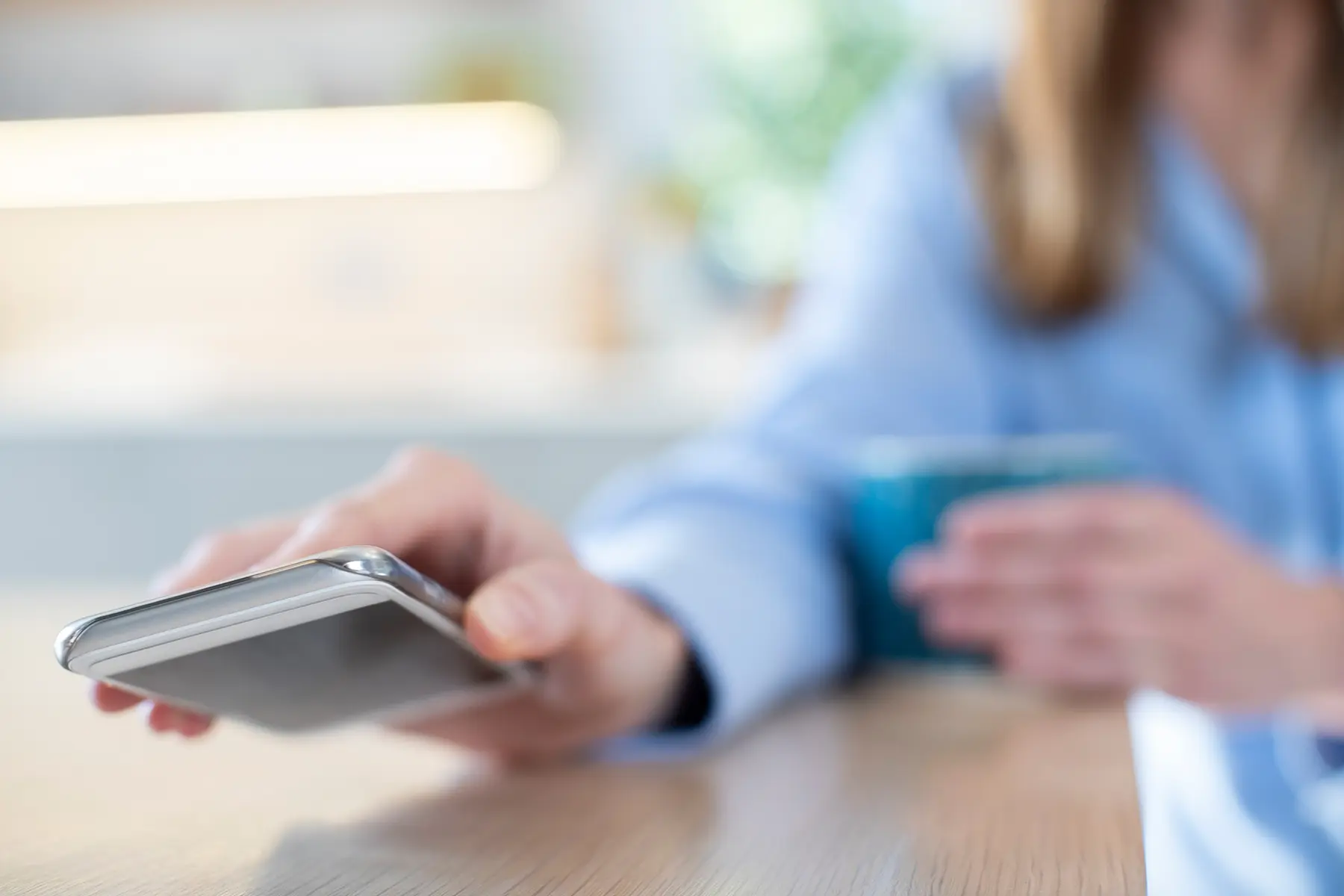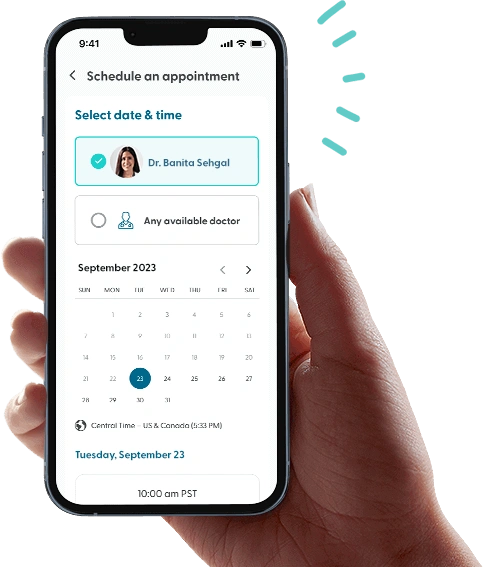How to Take a Break from Social Media

Navigating the constantly connected world of social media can often be a double-edged sword.
While social media allows us to stay in touch with various communities, it can also become a toxic environment that negatively affects our health.
In these cases, considering a social media break can be extremely beneficial, especially if done correctly.
In this article, we’ll explore productive ways to take a social media break, how you can resist the temptation to scroll, and how this can positively impact your well-being.
Key Point: Signs That You Might Need a Social Media Break
It can be difficult to determine if you need a break from social media, especially since it’s such an integral part of our daily lives.
If you have any of the following habits, you may want to consider a social media break:
- You post frequently, then check your posts often to see how many “likes” you’ve gotten
- You get upset if too few people engage with your posts
- You’re overly concerned with increasing your follower count
- You feel obligated to post frequently
- Other people’s posts make you question your appearance, career, and personal life
- Certain posts make you angry or frustrated
- You spend most of your time on social media
- You find yourself mindlessly scrolling several times a day
- You check your phone frequently during in-person events
- You’re unhappy or uncomfortable when you can’t access social media
- You’ve been having trouble falling or staying asleep
- You’re feeling more anxious or depressed
Practical Steps to Help You Disconnect
Dealing with the temptation to scroll
Resisting the temptation to log on to social media can be one of the most difficult parts of going offline.
It’s important to understand that this temptation usually results from some sort of trigger, such as boredom, loneliness, habit, or seeking connection.
Understanding these triggers can help you anticipate them and put measures in place to counteract them.
Restricting your access even further by logging out of your accounts and using screen time management tools is also a good option to avoid scrolling.
You can also delete social media apps completely, if you find it too tempting to scroll through them.
Putting effort into accessing social media can effectively help you resist temptation and maintain your break.
Removing distractions
Using social media has become such a habit that we often don’t realize how different app notifications can distract us.
You can combat this by disabling social media notifications on all of your devices to help you focus on your break.
It can also be a good idea to establish areas in your home where electronic devices are not allowed, such as in the dining room or bedroom.
This can help reduce mindless scrolling — especially before bed — and may encourage you to engage in other activities.
If you need to remain available for work or personal reasons, schedule specific times to check your emails or texts.
This approach helps you stay connected without the constant distraction of social media.
Finding alternative ways to fill your time
Suddenly having ample free time during a social media break may overwhelm and discourage some people.
However, try to reframe this as an opportunity to discover new hobbies, increase physical activity, improve friendships, and learn something new.
Fun offline hobbies you can try include:
- Reading
- Cooking
- Gardening
- Painting
- Learning a language
You can also try a new activity, like yoga or pilates, which can significantly improve your mental health.
Where Can You Learn More About Healthy Lifestyle Habits?
If you’re concerned about social media fatigue or want to know more about disconnecting in a healthy way, LifeMD is here to help.
LifeMD can connect you to a team of medical professionals who can assist you with information on mental health care and managing a social media break effectively — all from the comfort of your own home.
Make an appointment with LifeMD to learn more, today.
More articles like this
Feel better with LifeMD.
Your doctor is online and ready to see you.
Join LifeMD today and experience amazing healthcare, discounted labs and prescription medications... plus around-the-clock access to medical guidance.



